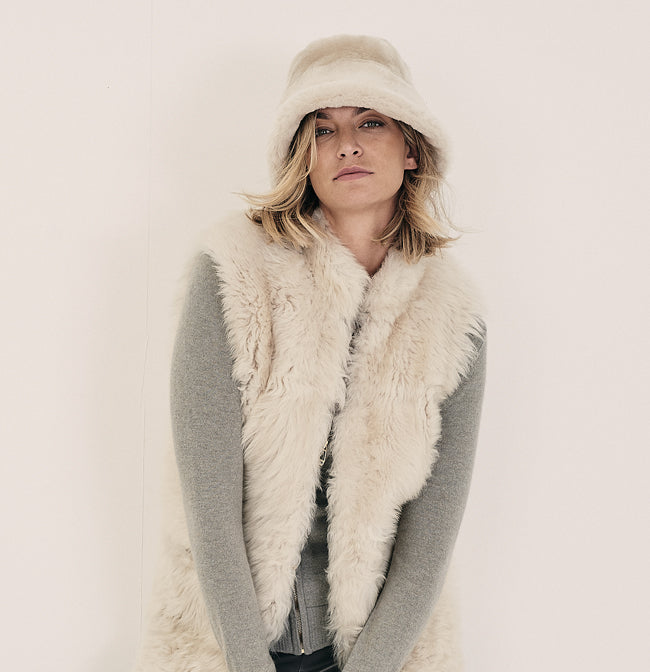Understanding Color Discrepancies
Photographs on a website may not always accurately reflect the true colors of the garments being viewed due to several factors. Lighting, camera settings, monitor calibration, and image processing are all variables that can affect the perceived color accuracy. As a result, the colors seen in online photographs may differ from the actual colors of the garments in the following ways:
Lighting Conditions: The environment in which the photographs are taken can significantly impact color perception. Natural and artificial lighting can cast different hues on the clothing, altering their appearance.
Camera Settings: Camera settings such as white balance, exposure, and saturation can influence the way colors are captured. Inconsistent camera settings across photos can lead to variations in color representation.
Monitor Calibration: Differences in monitor calibration settings among users can affect how colors are displayed on screens. What one person sees may not match what another person perceives due to variations in screen settings.
Image Processing: Post-processing and editing of images can further alter colors. Adjustments for brightness, contrast, and color balance can skew the true color representation.
Fabric Texture: The texture and material of the garment can also impact how colors appear in photographs. Reflective or textured fabrics may interact with light differently, leading to color variations.
Dye Lots: In the case of textiles, variations in dye lots during manufacturing can result in slight color discrepancies between batches of the same garment.
Given these factors, it's important for customers to be aware that while every effort is made to provide accurate representations of products online, there may still be minor differences between the colors seen on a website and the actual colors of the garments when they arrive. We recommend considering these factors when making your selection.












